Cleaning Up Our Cosmic Backyard: How Hyderabad’s Cosmoserve Aims to Tackling Space Junk
Space may seem infinite, but the low Earth orbits (LEO) around our planet are becoming dangerously cluttered. Defunct satellites, spent rocket stages, and fragments of past missions that are collectively known as orbital debris are hurtling around our planet at high speeds. These remnants pose a serious collision risk for active satellites, crewed missions, and future launches. Hyderabad’s Cosmoserve Space is tackling this escalating challenge head-on by developing robotic spacecraft designed specifically for Active Debris Removal (ADR). Born at T-Hub: The Cosmoserve StoryEstablished in 2024 by former ISRO scientist Chiranjeevi Phanindra, Cosmoserve Space focuses on combating the rising threat of space debris. The startup recently closed $3.17 million in pre-seed funding to advance its projects. Phanindra's experience at the Inter-Agency Space Debris Coordination Committee (IADC), a global body that studies the orbital environment, convinced him that space debris is not just a theoretical problem but an imminent threat. Operating out of T-Hub, Hyderabad’s innovation center, the startup is small but ambitious: its core team is building a pair of spacecraft dubbed “Mothercraft” and “Reviver,” which work together to identify, capture, and safely deorbit space junk.How Their Technology WorksCosmoserve’s approach is rooted in high-precision robotics and autonomous navigation. Its system works in two major phases:Rendezvous & Capture—The Reviver craft can match orbits with uncooperative debris, using sensors and guidance systems to approach tumbling objects.De-orbiting—Once captured, the debris is brought to a lower orbit or attached to the Mothercraft, which may operate as a depot or service vehicle. This reduces the risk of collision and helps remove hazardous objects from high-traffic regions. To scale the operation, Cosmoserve even plans on-orbit refueling: the Mothercraft could refuel Reviver units and reuse them, thereby cleaning multiple debris objects with fewer launches. Backed by Major InvestmentIn September 2025, Cosmoserve raised $3.17 million in a pre-seed funding round, a strong vote of confidence for a very early-stage space venture. The funds will accelerate R&D, expand Cosmoserve’s engineering team, and support prototype development for its ADR spacecraft. Why This Matters for Space SustainabilityCollision Risk Mitigation: With tens of thousands of inactive satellites and fragments orbiting Earth, even small debris can trigger catastrophic collisions. Long-Term Orbital Health: By actively removing junk, Cosmoserve contributes to a sustainable orbital environment, preserving access for future commercial and scientific missions.Global Relevance: While other companies around the world, like ClearSpace in Europe are also developing debris removal tech, Cosmoserve represents a major step forward from India in this space niche. Challenges & the Road AheadDespite its promise, Cosmoserve faces several hurdles:Technical Complexity: Capturing tumbling, non-cooperative objects in orbit demands extremely precise control, advanced sensors, and robust autonomy.Regulatory Issues: International agreements and norms around space debris removal are still evolving. Who owns debris? Who can service or de-orbit it?Cost Pressures: Space missions are expensive. For ADR to become sustainable, Cosmoserve will need to balance mission economics with pricing for satellite operators.Nevertheless, the pre-seed funding, the credibility of its leadership, and its location in a vibrant space ecosystem suggest Cosmoserve is onto something big.Looking to the HorizonCosmoserve’s mission is not just about cleaning up space—it’s about enabling a safer future in orbit. As the private space economy expands, with more players launching constellations and more countries scaling their space programs, sustainable space operations will become critical. Cosmoserve Space could well chart a course for how emerging space nations deal with orbital congestion and pave the way for a cleaner, more responsible space frontier.

.png)
 (1).jpeg)
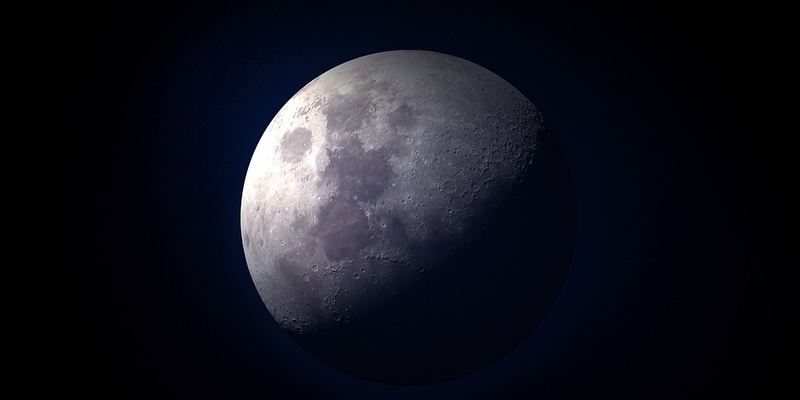
.jpg)
.jpg)
.jpg)
.jpeg)
.jpg)
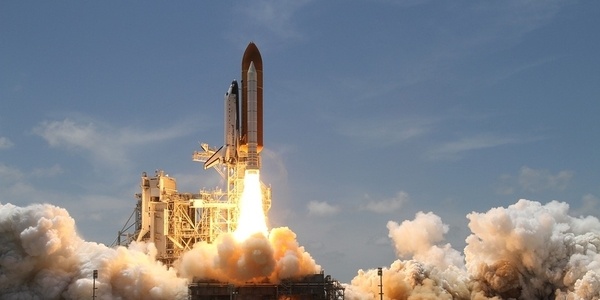


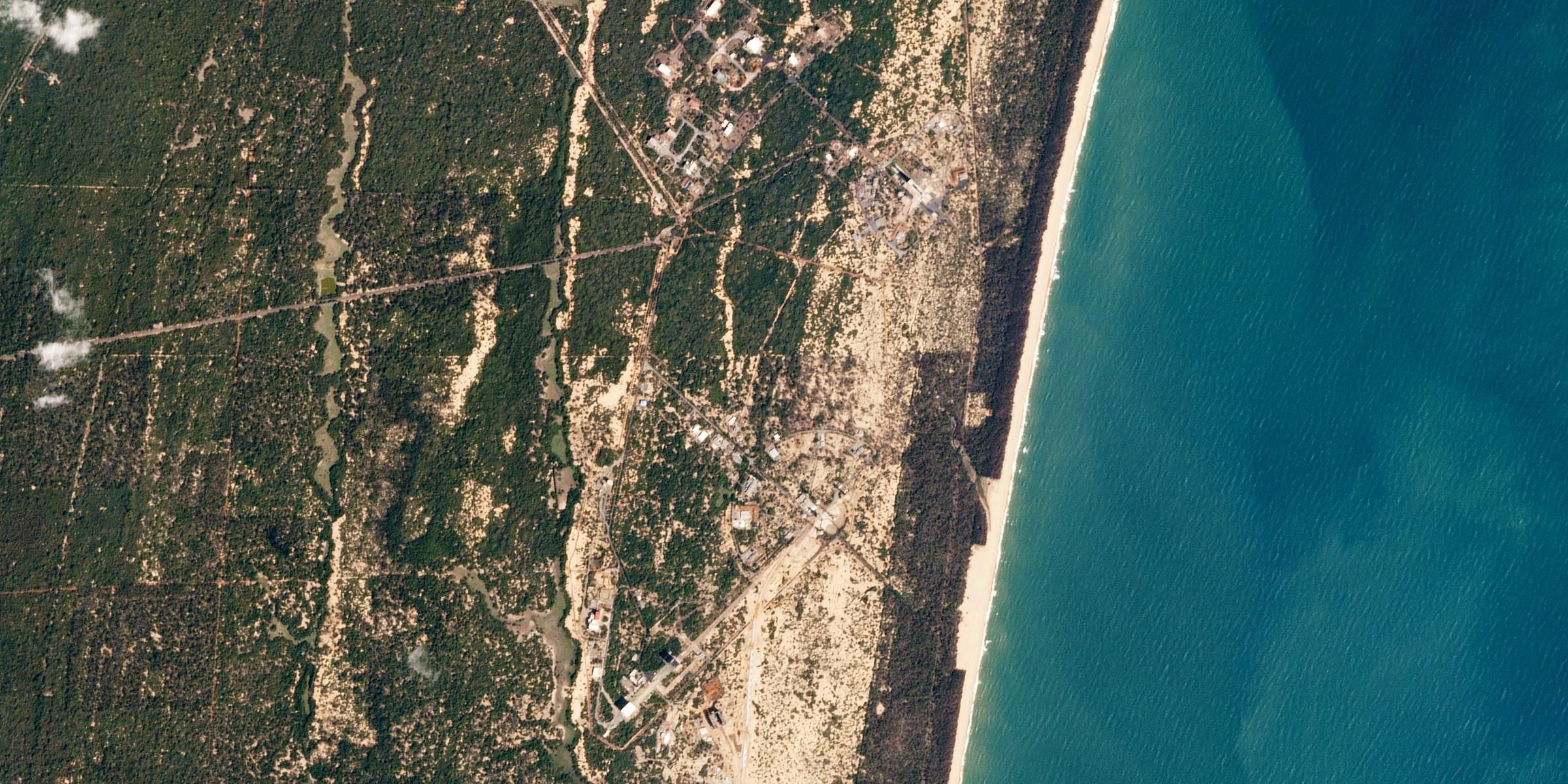
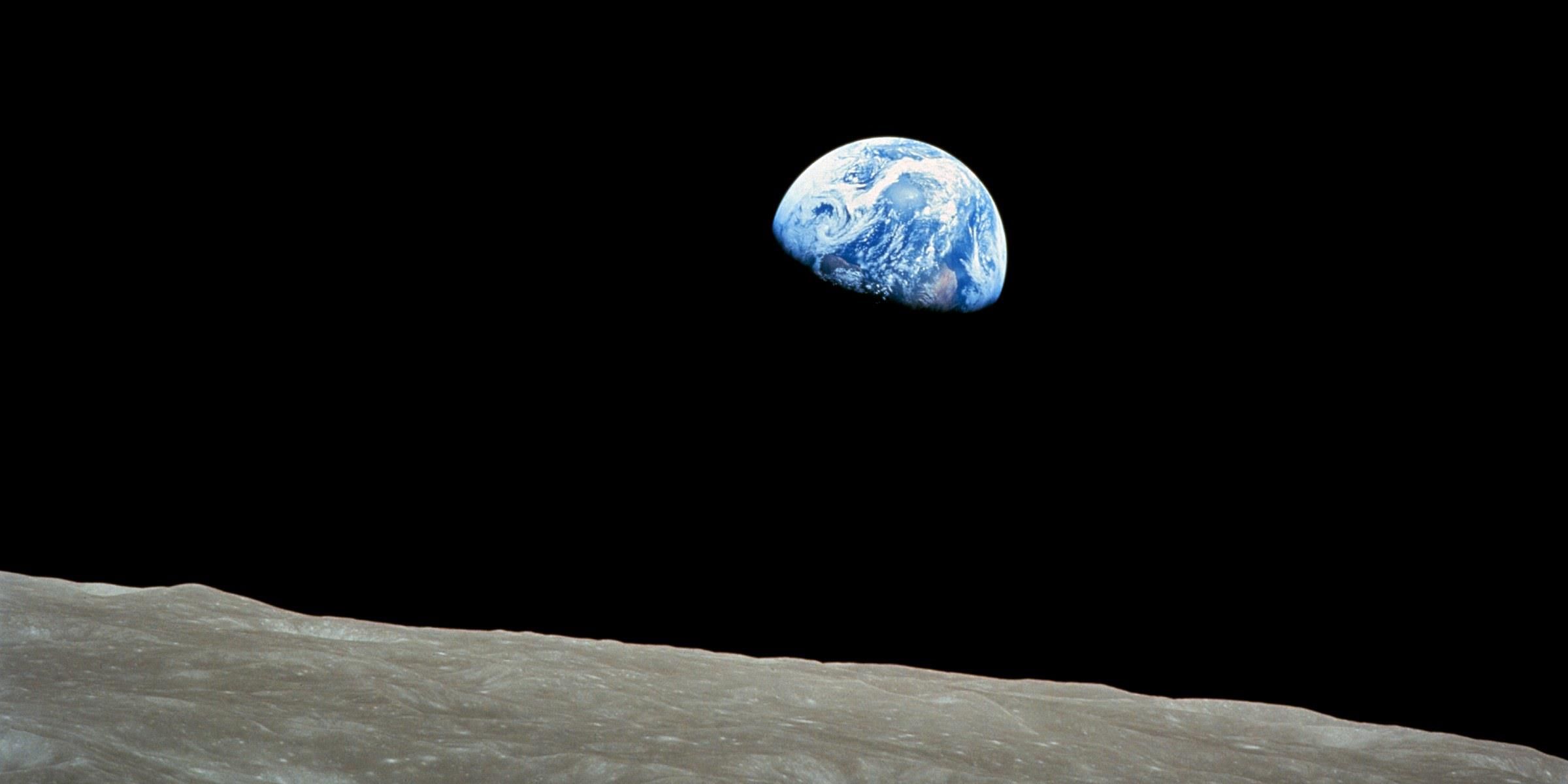

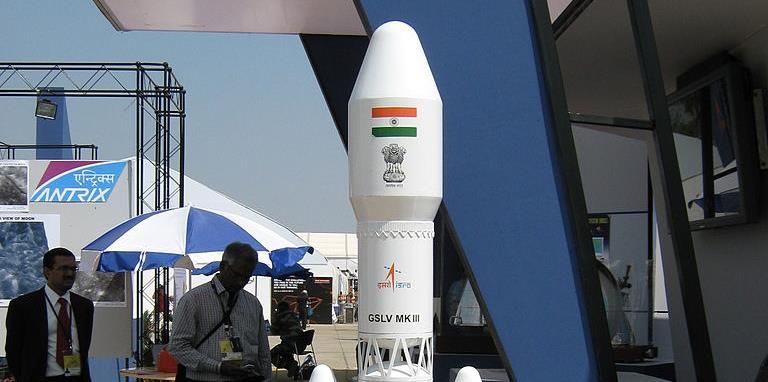

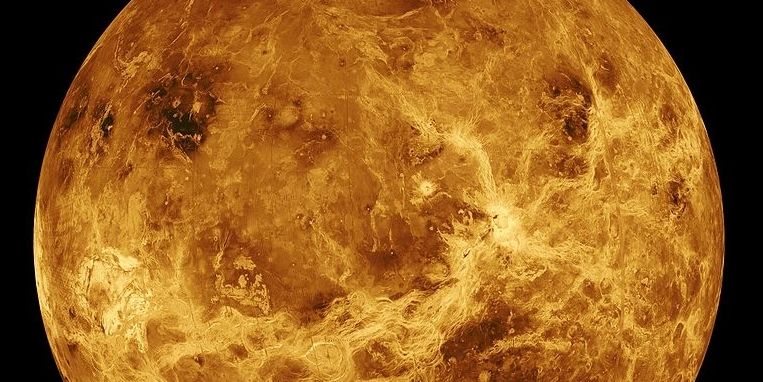
 (1).jpeg)
.jpg)